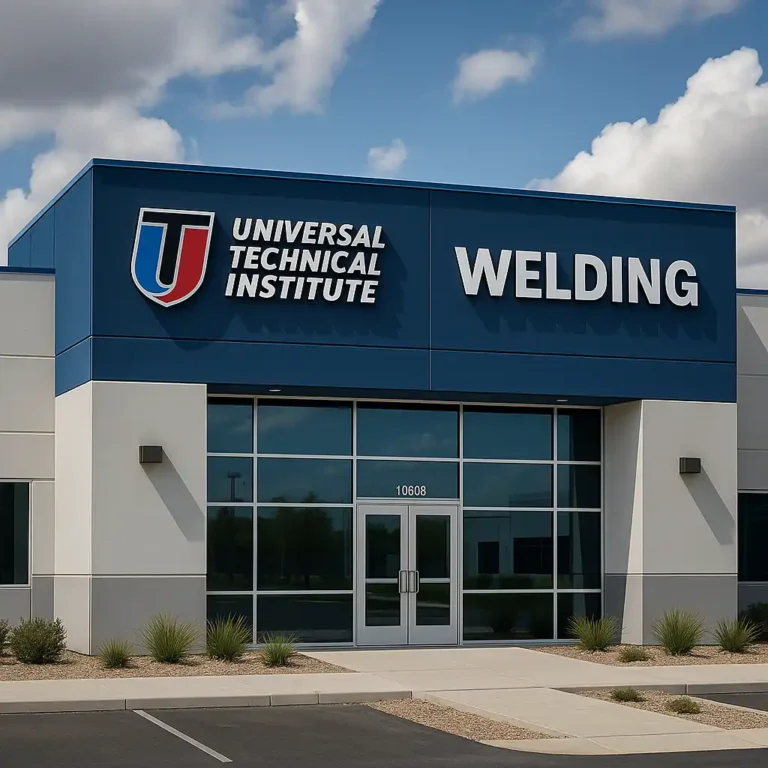6G Welding Certification Salary and Career Outlook

Disclosure: This post contains affiliate links. As an Amazon Associate, I earn from qualifying purchases—at no extra cost to you.
The 6G welding certification is one of the most valuable credentials a welder can have. It qualifies you to weld pipe in every position—including the challenging 45-degree angle—making it a top requirement for jobs in high-demand industries like oil, gas, and construction.
This post breaks down what 6G-certified welders actually earn, what affects those salaries, and how the certification can unlock better job opportunities.
What Makes 6G Certification Worth It
6G welding means you’re certified to weld pipe at a fixed 45-degree angle, which simulates all major welding positions in one setup. That’s why many employers require it for pipe welding, field repair, and other precision-heavy work.
According to welders on job boards and forums, 6G is often the bare minimum for well-paid roles in pipeline and industrial maintenance. It signals that you’ve mastered technique, consistency, and safety in challenging conditions—and that’s exactly what high-paying jobs are looking for.
What 6G Welders Actually Earn
Salaries vary depending on location, job type, and experience, but here’s a realistic breakdown based on feedback from working welders and current job listings:
- Entry-Level (Newly Certified): $24–$30 per hour
- Mid-Level (2–4 Years’ Experience): $60,000–$80,000 annually
- Experienced (Pipeline/Offshore/Shutdown Work): $90,000–$130,000+ with overtime and per diem
Welders in Texas, Alaska, and Louisiana often report the highest earnings—especially those working seasonal or high-risk jobs in remote areas.
What Impacts Your Earning Potential
Several key factors affect how much a 6G-certified welder can make:
Location is a major one. Welders in energy-heavy states like Texas and North Dakota tend to see higher wages, especially in oil and gas. Remote jobs often come with housing and travel stipends.
Experience plays a big role. While certification can get your foot in the door, you’ll need to prove yourself on the job to reach the upper pay range.
Additional certifications help too. Welders who stack TIG root or 3G/4G structural certs on top of 6G often get better offers, particularly for multi-process roles.
Union vs. non-union jobs also affect compensation. Union welders typically receive structured raises, benefits, and access to more consistent work.
What It Takes to Get Certified
The learning curve for 6G is steep. You’ll need to master clean, consistent welds in tight positions, and that takes time and practice. Most welders recommend practicing on scrap pipe and dialing in your technique before attempting the test.
Gear makes a difference, too. An auto-darkening hood, flexible gloves, and a reliable respirator are must-haves, especially for long sessions and overhead work. Many job sites where 6G welders are hired—like refineries and offshore platforms—require strict safety gear and adherence to specific welding codes.
Conclusion
Getting your 6G welding certification is a challenge—but for many welders, it’s well worth it.
The pros:
- Higher earning potential
- Access to top-tier jobs in energy, construction, and fabrication
- Greater job security and mobility
The cons:
- Tough certification process
- Physically demanding work
- Initial investment in time and training
If you’re serious about welding as a career, 6G certification can open the door to higher-paying, long-term opportunities that other certs simply don’t.






